Gyakorlat 9.
B.Sc course, University of Debrecen, Department of Data Science and Visualization, 2024
Adathalmaz
from sklearn.datasets import load_iris
iris = load_iris()
print(iris.keys())
data = iris.data
labels = iris.target
data.shape, labels.shape
labels
from sklearn.utils import shuffle
data, labels = shuffle(data, labels, random_state=42)
labels
Normalizáció
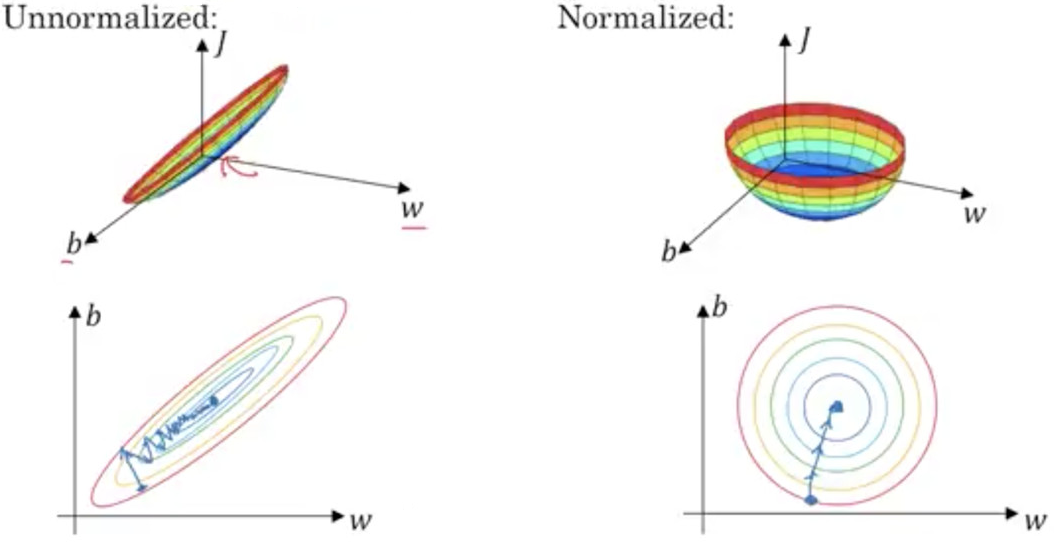
def normalize(x):
return (x - np.min(x)) / (np.max(x) - np.min(x))
n_data = normalize(data.values)
n_data.shape
One-hot
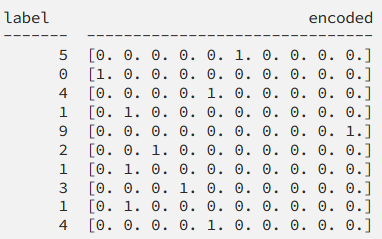
def one_hot_encode(x: np.ndarray, num_labels: int) -> np.ndarray:
return np.eye(num_labels)[x]
Tanuló és teszt adatok
train_test_split_no = int(n_data.shape[0] * 0.8)
train_test_split_no
X_train = n_data[:train_test_split_no]
y_train = labels[:train_test_split_no].astype(int)
y_train = one_hot_encode(y_train, 3)
X_train.shape, y_train.shape
X_test = n_data[train_test_split_no:]
y_test = labels[train_test_split_no:].astype(int)
y_test = one_hot_encode(y_test, 3)
X_test.shape, y_test.shape
Hogyan tudjuk elképzelni?
Neuronok
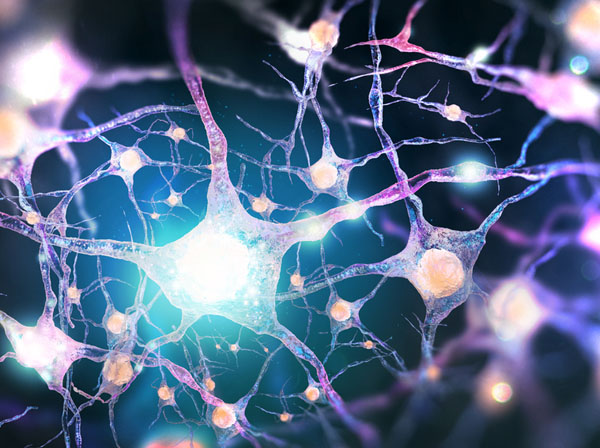
Agyunk mint hálózat
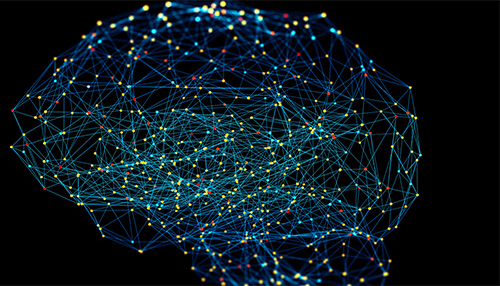
Egy rétegű neurális hálók
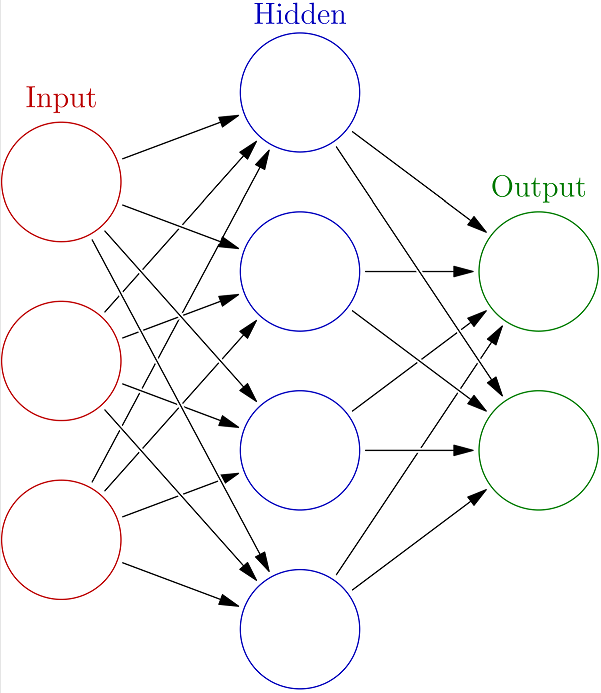
Több rétegű neurális hálózat
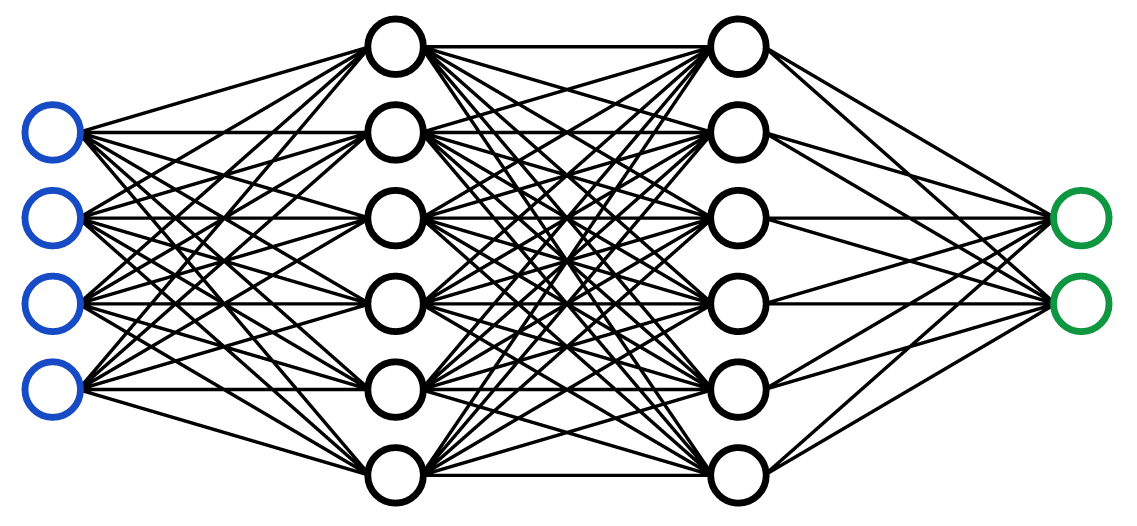
Neurális hálózat koncepció
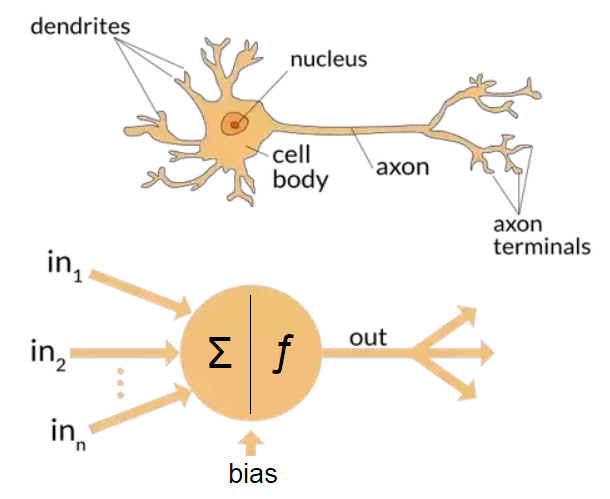
Aktivácuós függvények
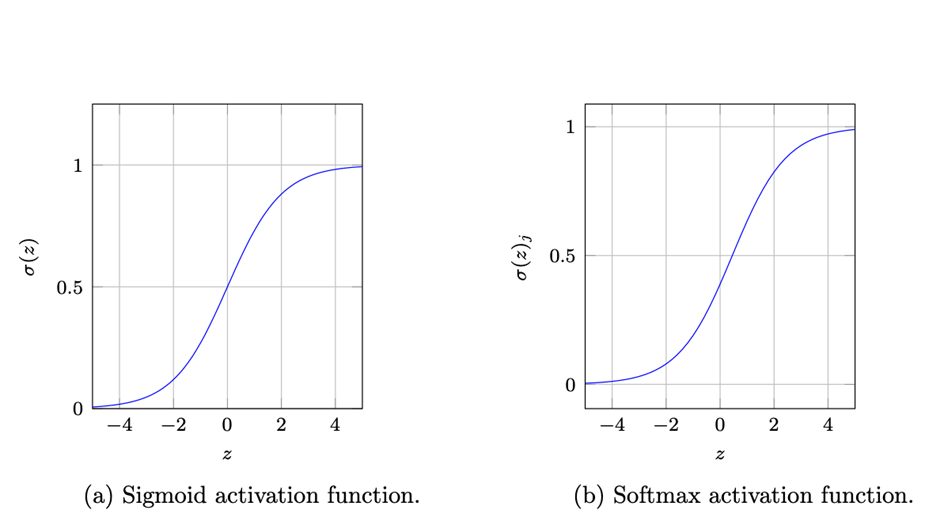
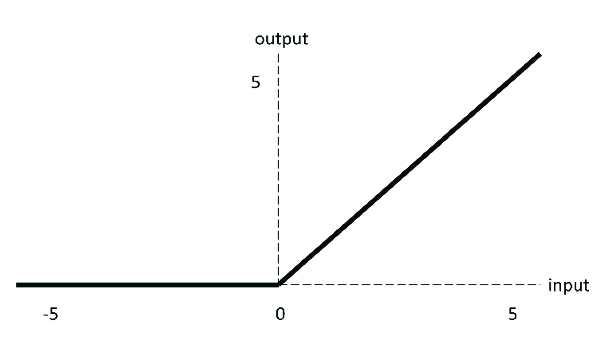
Egyszerű neurális hálózat pythonban
set(labels)
import tensorflow as tf
model = tf.keras.Sequential([
tf.keras.layers.Input((X_train.shape[1])),
tf.keras.layers.Dense(128, activation="relu"),
tf.keras.layers.Dense(3, activation="softmax")
]
)
model.summary()
for layer in model.get_weights():
print(layer.shape)
tf.keras.utils.plot_model(
model,
show_shapes=True,
show_dtype=True,
show_layer_names=True,
expand_nested=True,
dpi=96,
layer_range=None,
show_layer_activations=True)
model.compile(
optimizer="adam",
loss="categorical_crossentropy",
metrics=["accuracy"]
)
x = tf.ones((3, X_train.shape[1]))
model(x)
Tanulás
model.fit(X_train, y_train, epochs=50, batch_size=32)
Kiértékelés
model.evaluate(X_test, y_test)
choice = np.random.choice(np.arange(X_test.shape[0]+1))
p = model.predict(np.array([X_test[choice]]))
choice, np.argmax(p), np.argmax(y_test[choice])
